Technical
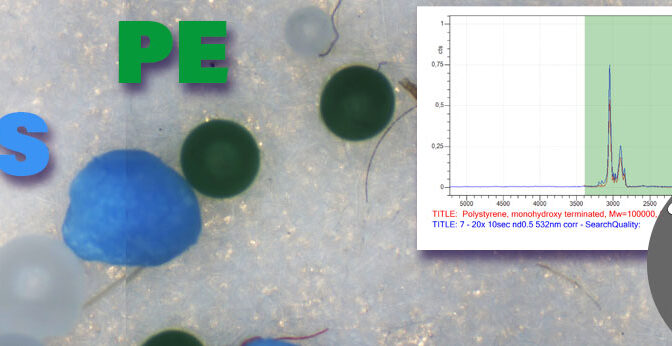
Isolation and Characterization of Microplastics
Microplastics contaminate marine, freshwater and terrestrial ecosystems around the world. The growing prevalence of these…
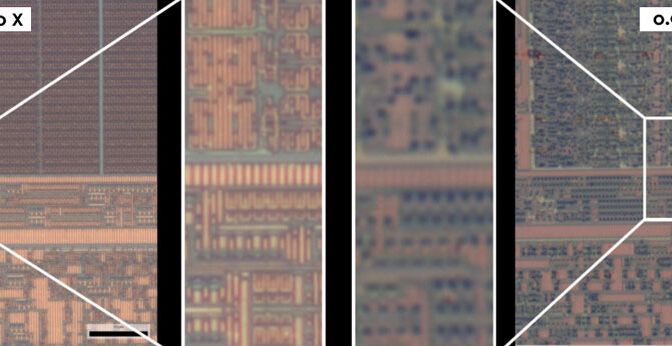
Announcing SMAL AIR lens
The worlds most powerful benchtop optical microscope can now be used with oil immersion or…
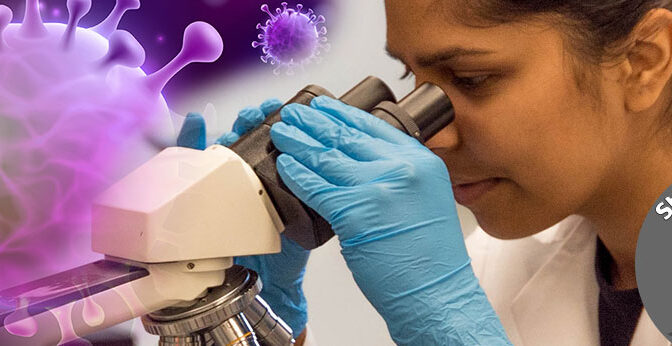
Failure analysis and particle isolation in a post-COVID-19 world.
The spread of COVID-19 has led to great changes in the lives of people worldwide. …

SciX 2020 virtual eXchange
We are excited to be showing an e-poster at the SciX 2020 virtual conference. The…
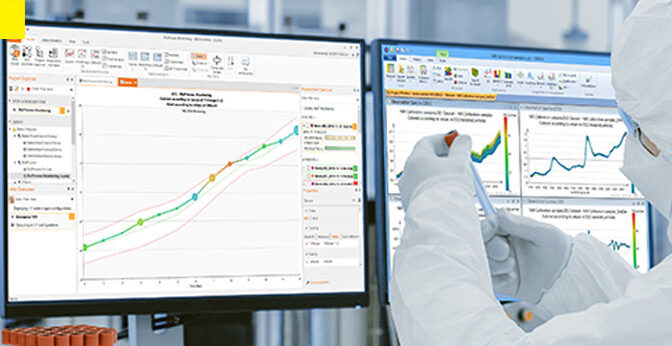
Webinar: Exploration of Limits-of-Detection using HTVS Raman Spectroscopy
Date: Wednesday, September 30, 2020 Time: 06:00-07:00 CEST High Throughput Raman Spectroscopy using Tornado Spectral System’s Hyperflux…
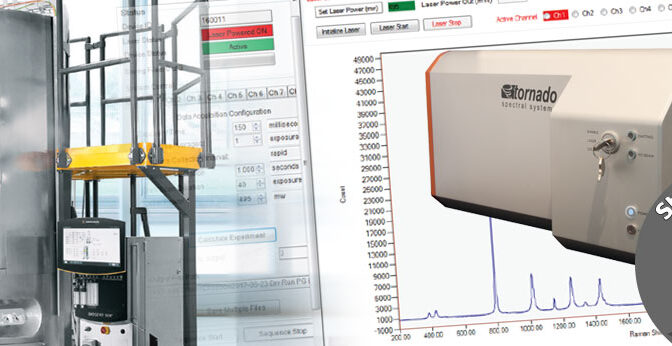
Rapid, Sensitive Raman Detection for Bioprocess Monitoring
The Tornado Hyperflux PRO Plus Raman system that utilizes High Throughput Virtual Slit (HTVS) technology…
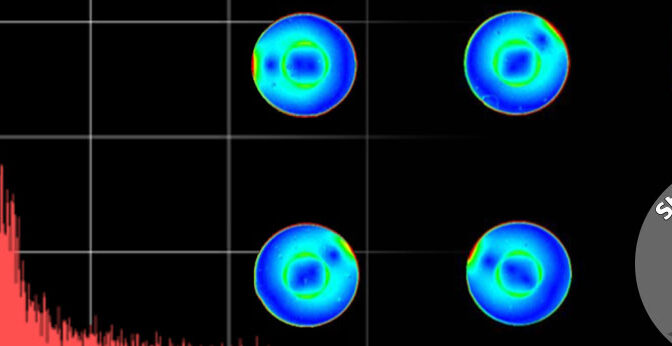
Strain Measurement in Microlenses Using an Automated Polariscope
Microlenses are polymer or glass lenses used in a wide range of products, including mobile…
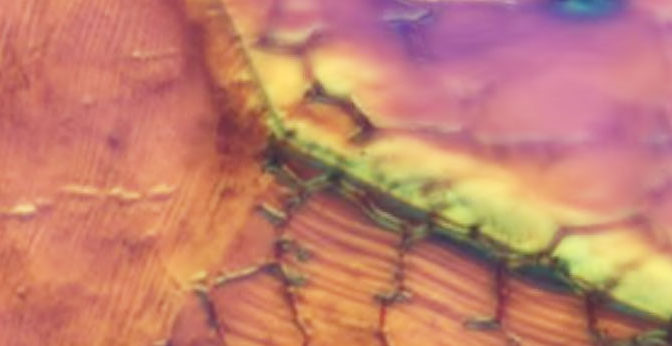
Graphene Imaging
Nanoro has created new application notes covering the latest imaging techniques for working with Graphene.…

Steve’s Solutions: Methane and Trees
We have been following the outstanding work of Dr. Pangala since early 2018 -at that time…
